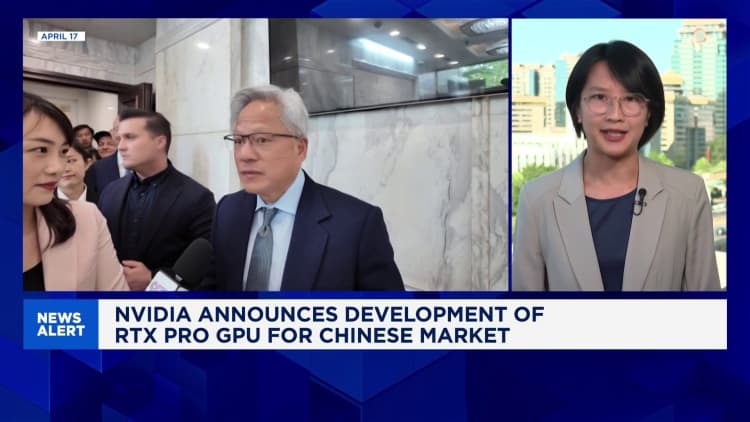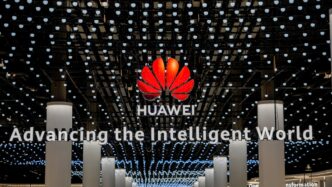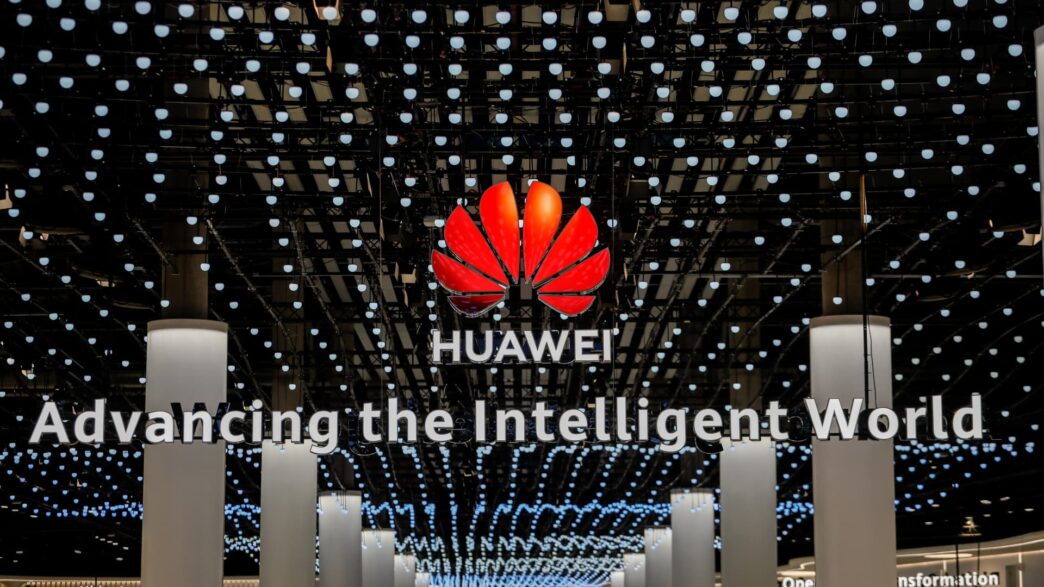Huawei is quietly becoming a top AI powerhouse despite years of U.S. trade restrictions.
The Shenzhen-based giant now competes with Nvidia across AI chips, data centers, and large language models. It has pushed deep into industrial AI, smart cars, and operating systems.
Paul Triolo from DGA-Albright Stonebridge Group said Huawei was forced to pivot its business “due to a variety of external pressures,” but now operates competently across multiple high-barrier sectors.
Nvidia’s CEO Jensen Huang recently called Huawei "one of the most formidable tech companies in the world," warning Washington that Huawei could replace Nvidia in China if chip export restrictions continue.
Nvidia’s $4 trillion market cap rides on its processors and CUDA system, the global AI training standard. Huawei isn’t there yet but is narrowing the gap fast.
Huawei began in 1987 as a telephone switch distributor in Shenzhen. It targeted developing markets like Africa and Latin America before expanding globally. By 2019, it led the global 5G rollout and became a smartphone and smartphone-chip giant.
The U.S. blacklisting in 2019 hit Huawei hard, slashing its consumer business revenue nearly in half by 2021. Despite this, Huawei pushed forward with AI chip development, launching the Ascend 910 in 2019 to establish an AI computing portfolio.
Huawei’s closer ties to the Chinese government grew due to export controls, helping fuel its AI hardware and software efforts.
Paul Triolo stated:
The export controls have ironically pushed Huawei into the arms of the Chinese government in a way that CEO Ren Zhengfei always resisted.
Huawei’s smartphone business started a comeback in 2023 with the Mate 60 Pro, powered by an advanced 5G chip reportedly made by Chinese foundry SMIC, surprising U.S. observers.
Reports emerged about Huawei’s new AI processor, the Ascend 910B, and mass production of the 910C chip is underway to fill gaps left by Nvidia sanctions.
Jeffrey Towson of TechMoat Consulting said Huawei’s “making big strides in replicating the performance of high-end GPUs using combinations of lower chips.”
In April, Huawei launched the AI CloudMatrix 384 system, clustering 384 Ascend 910C chips in data centers. Analysts claim it can outperform Nvidia’s GB200 NVL72 on some metrics.
Forrester analysts added:
Huawei isn’t just catching up, "it’s redefining how AI infrastructure works."
Huawei created CANN, a software alternative to Nvidia’s CUDA. But Forrester cautioned Huawei’s tools aren’t yet plugged into popular developer ecosystems enough for easy Nvidia replacement.
Huawei’s AI ambitions go beyond chips. Its ICT Infrastructure business — including 5.5G and industrial AI — hit 362 billion yuan revenue in 2023. Huawei Cloud, launched in 2017, hosts AI data centers that power Huawei’s Pangu AI model series.
Unlike GPT-4 or Gemini Ultra, Pangu is tailored for industry: medical, finance, government, mining, and automotive sectors. Huawei’s AI tech already powers more than 20 industries.
Jack Chen, VP of Huawei’s oil, gas, and mining unit, told CNBC AI solutions often involve months of onsite support — even for remote coal mines.
In May, Huawei deployed over 100 electric driverless trucks to autonomously transport coal, running on its 5G network plus AI and cloud computing.
Chen said this tech “can be replicated on a large scale in Central Asia, Latin America, Africa, and the Asia-Pacific.”
Huawei is open-sourcing Pangu models to expand its Ascend ecosystem globally, betting on emerging markets tied to China’s Belt and Road Initiative.
Patrick Moorhead of Moor Insights & Strategy predicts Huawei will grow market share over 5–10 years in these regions, repeating its telecom success.

Huawei’s AI chip and infrastructure push could shift the balance in the global AI chip race, even as U.S. sanctions seek to slow it down. Watch this space.














